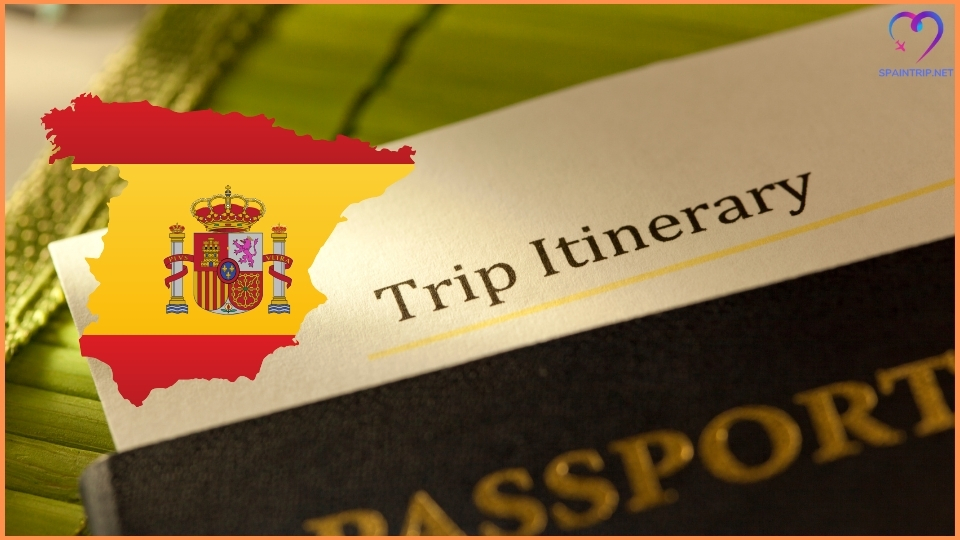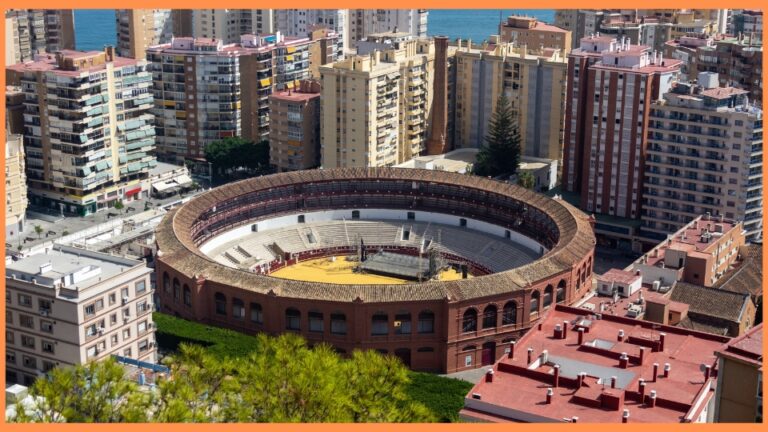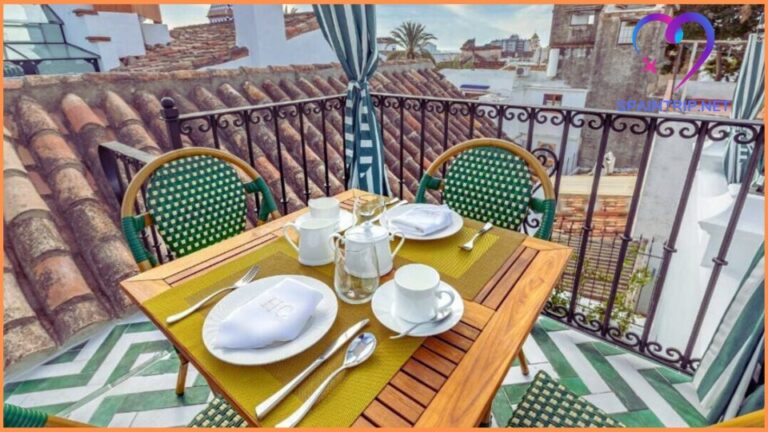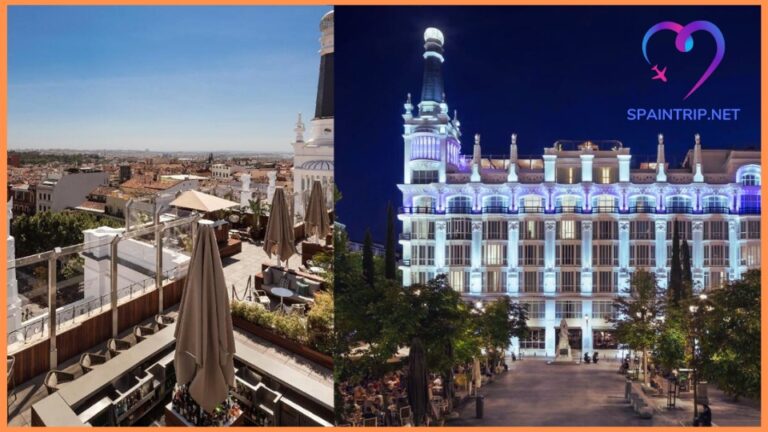Travel Tips and Itineraries in Spain
Spain, a country of rich history, vibrant culture, and diverse landscapes, is one of the most popular travel destinations in the world. Whether you are drawn to its sunny beaches, bustling cities, or quaint villages, Spain offers something for every type of traveler. Planning your trip to Spain can be exciting and overwhelming due to the many attractions and activities available. This comprehensive guide aims to provide you with all the information you need to make the most of your Spanish adventure, from travel tips to detailed itineraries.
Geographical Information
Spain is located on the Iberian Peninsula in southwestern Europe, bordered by Portugal to the west, France to the northeast, and the Mediterranean Sea to the south and east. The country experiences a variety of climates, from the hot, dry summers of the Mediterranean coast to the cooler, wetter conditions in the northern regions. The best time to visit Spain depends on your preferred activities and destinations. Spring (March to May) and fall (September to November) are generally considered the best times to visit due to the mild weather and fewer crowds.
Cultural Insights
Spanish culture is rich and diverse, deeply influenced by its history and regional variations. Spanish cuisine is a trip highlight, with regional specialties such as paella from Valencia, pintxos from the Basque Country, and gazpacho from Andalusia. Dining etiquette in Spain often involves late dinners and sharing dishes. Knowing a few common Spanish phrases can also be helpful, especially in more rural areas where English may not be widely spoken. Spain is famous for its lively festivals, such as La Tomatina in Buñol, Running of the Bulls in Pamplona, and the Seville Fair.
Must-Visit Attractions
Barcelona
Barcelona, the capital of Catalonia, is known for its unique architecture and vibrant cultural scene. The Sagrada Familia, a masterpiece by Antoni Gaudí, is a must-see landmark, along with Park Güell, another Gaudí creation offering stunning views of the city.
Madrid
The capital city, Madrid, is home to world-class museums such as The Prado Museum, which houses an extensive collection of European art. The Royal Palace, the official residence of the Spanish Royal Family, is another top attraction.
Seville
Seville, the capital of Andalusia, is famous for its historical landmarks, including the Alcazar, a royal palace originally developed by Moorish Muslim kings. The Seville Cathedral, the largest Gothic cathedral in the world, is also a must-visit.
Granada
Granada is best known for the Alhambra, a sprawling palace and fortress complex with intricate Islamic architecture. The adjacent Generalife, a former summer palace and gardens, offers a peaceful retreat with beautiful landscapes.
Valencia
Valencia’s City of Arts and Sciences is a futuristic complex featuring a planetarium, an interactive museum, and an aquarium. The Valencia Cathedral, with its impressive Miguelete tower, is another highlight.
Bilbao
Bilbao, in the Basque Country, is home to the Guggenheim Museum, an architectural marvel housing contemporary art. The city’s Old Town (Casco Viejo) is a charming area with narrow streets and lively bars.
Cordoba
Cordoba’s Mezquita, a stunning mosque-cathedral, showcases the city’s Islamic heritage. The Roman Bridge, spanning the Guadalquivir River, is another significant historical site.
Toledo
Toledo, a UNESCO World Heritage site, is known for its medieval architecture. The Toledo Cathedral and the Alcazar of Toledo are key attractions.
Santiago de Compostela
Santiago de Compostela, the final destination of the Camino de Santiago pilgrimage route, is home to the magnificent Cathedral of Santiago de Compostela.
Activities and Experiences
Spain offers a wide range of activities and experiences for travelers. In La Rioja, wine enthusiasts can enjoy tastings and tours at renowned wineries. Andalusia is famous for its passionate flamenco shows, while the Costa del Sol offers numerous beach activities. The Pyrenees provide excellent hiking opportunities, and Sierra Nevada is a popular destination for skiing. For a unique experience, consider a hot air balloon ride over Catalonia or exploring the stunning caves in Mallorca.
Travel Tips
Accommodation Options
Spain offers a variety of accommodation options to suit different budgets and preferences. You can find everything from luxury hotels and charming hostels to vacation rentals.
Transportation
Trains, operated by RENFE, are a popular way to travel between cities. Buses are another affordable option, and car rentals provide flexibility for exploring more remote areas.
Packing Essentials
When packing for Spain, consider the climate and planned activities. Lightweight clothing is ideal for the summer, while layers are useful for cooler months. Don’t forget important travel documents, such as your passport and travel insurance. Gadgets like a smartphone with a local SIM card can be helpful for navigation and communication.
Money and Budgeting
Spain uses the Euro (€). Cost-saving tips include dining at local markets, using public transportation, and taking advantage of free museum days.
Safety and Health Precautions
Health Tips
Before traveling to Spain, check if any vaccinations are required. Safety Advice
Spain is generally a safe country for travelers, but it’s important to be aware of common scams and pickpocketing in tourist areas. Always keep your belongings secure and be cautious when using ATMs. In case of emergencies, dial 112 for immediate assistance.
Budget Planning
Budget-Friendly Travel Tips
Traveling on a budget in Spain is possible with some planning. Opt for affordable accommodations like hostels or vacation rentals. Enjoy cheap eats at local markets and take advantage of free or discounted entry to museums and attractions on certain days.
Cost of Living in Spain
Major cities like Madrid and Barcelona are more expensive, while smaller towns and rural areas offer more affordable options. A daily budget of €50-100 can cover accommodation, meals, and local transportation.
Daily Budget Guide
Budget Traveler: €50-70 per day
Mid-Range Traveler: €70-150 per day
Luxury Traveler: €150+ per day
Local Cuisine
Spain’s culinary scene is diverse and delicious. Traditional dishes include paella, a rice dish from Valencia, and tapas, small plates that are perfect for sharing. Gazpacho, a cold tomato soup, is a refreshing choice in the summer.
Famous Drinks
Spain is also known for its drinks, such as sangria, a fruity wine punch, and cava, a sparkling wine from Catalonia. Horchata, a sweet, nutty beverage, is popular in Valencia.
Popular Food Markets
Exploring local food markets is a great way to sample Spanish cuisine. La Boqueria in Barcelona and Mercado San Miguel in Madrid are two famous markets offering a variety of fresh produce and prepared foods.
Dining Out Tips
When dining out in Spain, remember that tipping is not obligatory but appreciated. A tip of 5-10% is customary in restaurants. Popular dining spots include family-run tapas bars and Michelin-starred restaurants.
Itineraries
Planning your itinerary can help you make the most of your time in Spain. Here are some suggestions:
One-Week Itinerary for First-Time Visitors
Day 1-2: Madrid
Day 3-4: Barcelona
Day 5: Valencia
Day 6: Seville
Day 7: Granada
Two-Week Itinerary Covering Major Cities
Days 1-3: Madrid
Days 4-5: Barcelona
Days 6-7: Valencia
Days 8-9: Seville
Days 10-11: Granada
Days 12-13: Bilbao
Day 14: Santiago de Compostela
Three-Week Itinerary Including Hidden Gems
Days 1-3: Madrid
Days 4-5: Toledo
Days 6-7: Cordoba
Days 8-9: Seville
Days 10-11: Granada
Days 12-13: Malaga
Days 14-15: Valencia
Days 16-17: Barcelona
Days 18-19: Zaragoza
Days 20-21: Bilbao
Weekend Getaways
Barcelona: Explore the city’s architecture and beaches.
Seville: Enjoy flamenco and historic sites.
Valencia: Visit the City of Arts and Sciences and the beach.
Family-Friendly Itineraries
Madrid: Parks, museums, and family-friendly attractions.
Barcelona: Beaches, parks, and cultural experiences.
Valencia: Interactive museums and outdoor activities.
Romantic Escapes
Seville: Charming streets and romantic horse-drawn carriage rides.
Granada: The Alhambra and beautiful gardens.
Mallorca: Scenic beaches and cozy villages.
Adventure Travel Itineraries
Pyrenees: Hiking and outdoor activities.
Sierra Nevada: Skiing and snowboarding.
Costa Brava: Water sports and coastal hikes.
Spain is a destination that offers a rich tapestry of experiences, from its historical landmarks and vibrant culture to its diverse landscapes and culinary delights. Whether you are exploring bustling cities, relaxing on sunny beaches, or discovering hidden gems, Spain promises an unforgettable journey. Use this guide to plan your trip and make the most of everything this beautiful country has to offer.
FAQs
What is the best time to visit Spain?
The best time to visit Spain is during the spring (March to May) and fall (September to November) when the weather is mild, and tourist crowds are smaller.
What are the must-try dishes in Spain?
Must-try dishes include paella, tapas, and gazpacho. Don’t forget to try drinks like sangria and cava.
Is it safe to travel to Spain?
Yes, Spain is generally safe for travelers. However, be aware of common scams and pickpocketing in tourist areas.
How can I make the most of my trip to Spain?
Plan your itinerary in advance, learn some basic Spanish phrases, and immerse yourself in the local culture by trying regional foods and attending festivals.







